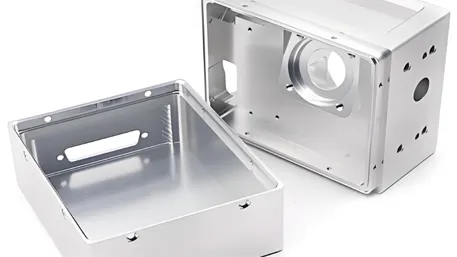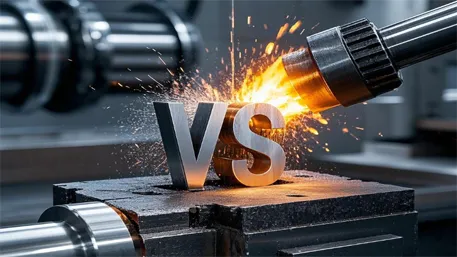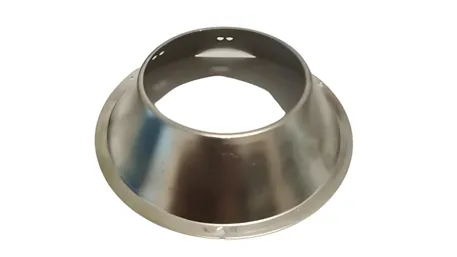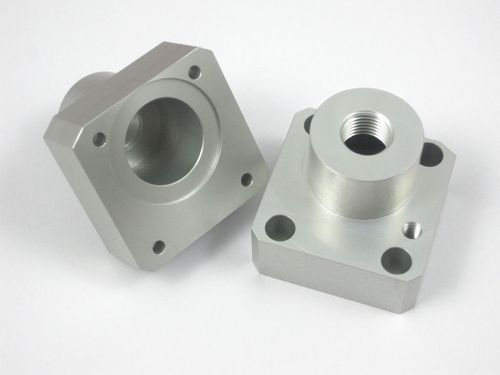Introduction: Defining the Technologies
Computer Numerical Control (CNC Machining) and Milling are foundational technologies in modern manufacturing. While often confused, they serve distinct roles:
- CNC Machining refers to a broad range of automated subtractive processes (e.g., turning, drilling, grinding) controlled by programmed software.
- Milling specifically involves removing material using rotating cutting tools, typically for flat or contoured surfaces.

Industry Insight:
The global CNC machining market is projected to exceed $100 billion by 2025, with the U.S. dominating 35% of demand (Statista, 2023). This growth is driven by industries like aerospace, automotive, and medical devices seeking precision and scalability.
CNC Machining vs Milling: Technical Breakdown
1. Process Scope
| Aspect | CNC Machining | Milling |
|---|---|---|
| Operations | Multi-process (milling, turning, etc.) | Single-process (material removal via rotary tools) |
| Complexity | Handles 3D geometries (e.g., turbine blades) | Best for 2.5D shapes (e.g., gears, brackets) |
| Equipment | Multi-axis CNC machines (5-axis+) | 3-axis milling machines |
Example:
Aerospace companies use 5-axis CNC machining to produce titanium engine components, while milling machines craft aluminum alloy brackets for automotive frames.
2. Precision and Tolerance
- CNC Machining: Achieves tolerances as tight as ±0.001 mm for critical medical implants.
- Milling: Typically maintains ±0.01 mm tolerance, suitable for industrial tooling.
Industry Applications: Where Each Technology Shinesa
1. Automotive Manufacturing
- CNC Machining: Engine blocks, transmission shafts (high-strength steel).
- Milling: Gearbox housings, brake calipers (aluminum alloys).
Case Study:
Tesla leverages CNC-machined copper connectors for battery modules, ensuring conductivity and heat resistance.
2. Medical Devices
- CNC Machining: Titanium spinal implants (biocompatible, complex geometries).
- Milling: Stainless steel surgical instruments (sterilization-compatible surfaces).
Stat: 78% of medical OEMs prioritize CNC machining for FDA-compliant parts (McKinsey, 2022).
How to Choose: A Decision-Making Framework
Step 1: Evaluate Your Needs
| Factor | Choose CNC Machining If… | Choose Milling If… |
|---|---|---|
| Part Complexity | 3D contours, internal features | Flat/angled surfaces, pockets |
| Material | Exotic metals (Inconel, titanium) | Aluminum, plastics, mild steel |
| Volume | Prototypes & low-to-medium batches | High-volume production |
Step 2: Cost-Benefit Analysis
- CNC Machining: Higher upfront costs (150–150–500/hour) but lower per-unit cost for complex parts.
- Milling: Lower hourly rates (50–50–150/hour) for simpler, high-volume jobs.
Tip: Use AI quoting tools (e.g., Xometry) to compare real-time pricing.
Why Partner with a Custom CNC Service Provider?
- Speed: Rapid prototyping in 3–5 days vs traditional 2-week lead times.
- Certifications: ISO 9001, AS9100, and ITAR compliance for regulated industries.
- Sustainability: 85% material efficiency via CNC optimization vs 65% in conventional milling.






